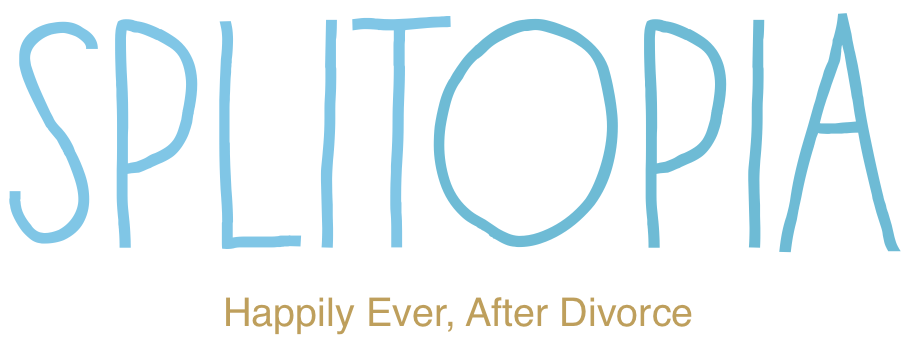Mindfulness in Divorce, and in New York City
/I had an epiphany on the subway in Manhattan today. While waiting on the platform for the #1 train to go downtown, I watched an uptown train pull into the station, load its passengers, and then rush right back out again. Whirrrr! The lights, the sound, the increasing velocity—the train sped into the dark tunnel and disappeared. I’d like to let my own negative thoughts speed away, I thought. Just swoosh themselves right out of the station.
I never liked the subway when I lived in New York, and not having to cram myself into a dark, dirty underground transportation tube is one of the joys of living in Los Angeles. But today, it struck me as a great visual metaphor. The speeding-away train was a perfect image and reminder of what it might be like to notice one’s own negative thoughts and feelings as they enter, sit calmly on the still platform, and watch them rush back out.
I was thinking about this because I was holding a dog-eared paperback on my lap that I've been reading called The Untethered Soul: the journey beyond yourself, by Buddhist teacher Michael A. Singer. He writes about the idea that our true self is the one who observes our inner and outer world, not the details or disturbances that we see.
In the meditation and mindfulness traditions, overly identifying with our outer circumstances or inner thoughts and feelings is the cause of a great deal of unhappiness.
Singer writes about the power of stepping back, observing both the outer world and your inner monologue that never stops chattering, and making the decision to free yourself from the distraction of your own “mental melodrama.” As he puts it, “Consciousness is a tremendously powerful force. When you concentrate on these thoughts and emotions, they become charged with energy and power. This is why thoughts and emotions get stronger the more attention you give them . . . It just takes a moment of conscious effort to decide that you’re not going there. You just let go.”
The notion that we can “just let go” crops up in many traditions. Judaism has a “tashlich” ceremony at the start of the High Holy days. You go down to the ocean or river, or other convenient body of water, and toss bread out to the sea, symbolically releasing your sins and concerns with it. Many Western and Eastern religions have a cleansing ritual, a way to wash away impurities before prayer or some specific act.
I also think of that song from the 1950 Pulitzer prize winning Broadway musical South Pacific, ”I’m Gonna Wash That Man Right Outa My Hair.” In this Rodgers and Hammerstein entertainment-world version of “just let go,” a heartsick Nellie says, “Before I go any further, I better just not get started.” Then she steps out of her dressing chamber onto the sand in a tiny minidress wrapped around her bikini, lathers up her blond curls, and in a melodic, lilting voice, bursts into song: “I’m gonna wash that man right outta my hair, and send him on his way.”
There’s an intuitive logic—or appeal, at least—to the idea that we can instantly wash away a stain or smirch or dark and thorny rumination. I’ve written a lot here about the benefit of cognitive behavioral therapy, communication techniques, and positive coping mechanisms. But I also love the idea that sometimes we need to practice just letting go of the thoughts that are making us miserable. Rather than giving them more credence by continually trying to work through them or figure them out, we can let them rush away.
As we're going through divorce, and on with our lives, sometimes "working" on our problems can best be done by not focusing on them, and instead letting them speed out of frame.
* This post originally appeared on Wendy Paris's website, wendyparis.com.






















